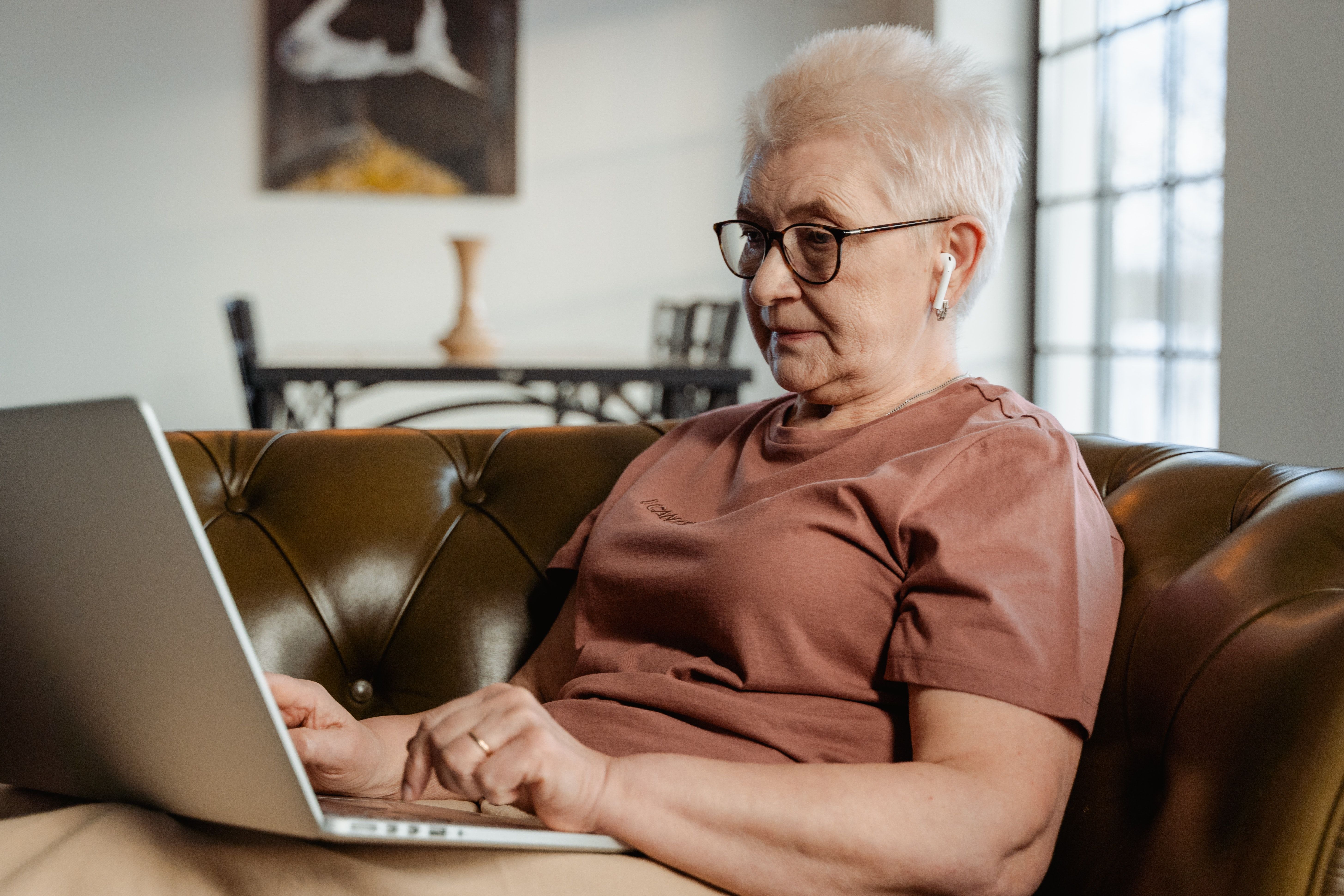Independent Living | Moving In

Once you’ve decided on an independent living community and are ready to take the plunge, the final stage of the transition process is moving in.
This part of the independent living journey can be nerve-wracking for seniors and their family and friends. It’s vital that, once you’ve chosen the facility and accommodations that best meet your needs, you communicate clearly and frequently with your loved ones and the facility’s management group.
During the packing process, use this checklist as a guide to ensure you’ve got all the essentials covered:
- Clothing: Pack enough for two weeks that will last in between laundry days. These include clothes for day-to-day living, social and fitness activities, and other specialized events. Make sure you have a balance of comfortable tops, comfortable bottoms, coats for both mild and cold days, pajamas or nightgowns, slippers, indoor shoes, outdoor shoes, robes, underwear, socks and/or tights, activewear, hats, scarves, and gloves.
- Personal hygiene: Take all the products that will make you feel more at home in your new space. These can include prescription medicine, supplements, soap, shampoo and conditioner, makeup, perfume or cologne, toothbrush, toothpaste, deodorant, body lotion, moisturizer, shaving products, a hairbrush, hair gel, and any additional hair accessories.
- Bedding: Bringing your own bedding can make you feel more at ease, especially if you have a specific personal preference. For example, you may want to bring your own blanket, comforter, throw, pillow, and pillowcase for added comfort.
- Electronics: This includes all your essentials like a smartphone, tablet, computer, TV and remote, camera, headphones, and the chargers and cords for all the items.
- Bedroom furniture: The care home may provide these items. However, you can double-check with management to see if you can bring your own desk, drawers, nightstand, bookshelf, or lamp.
- Personal items: These can help ease this important transition and include framed photos, photo albums, books, movies, puzzles, games, craft materials, and decorative items.
Labeling all items not provided by the retirement home is highly recommended, just in case they get lost, mixed up with communal items, or if you have cognitive limitations.
If you’re unsure what to pack, ask the retirement community’s management team to provide a list of what they supply to residents.



